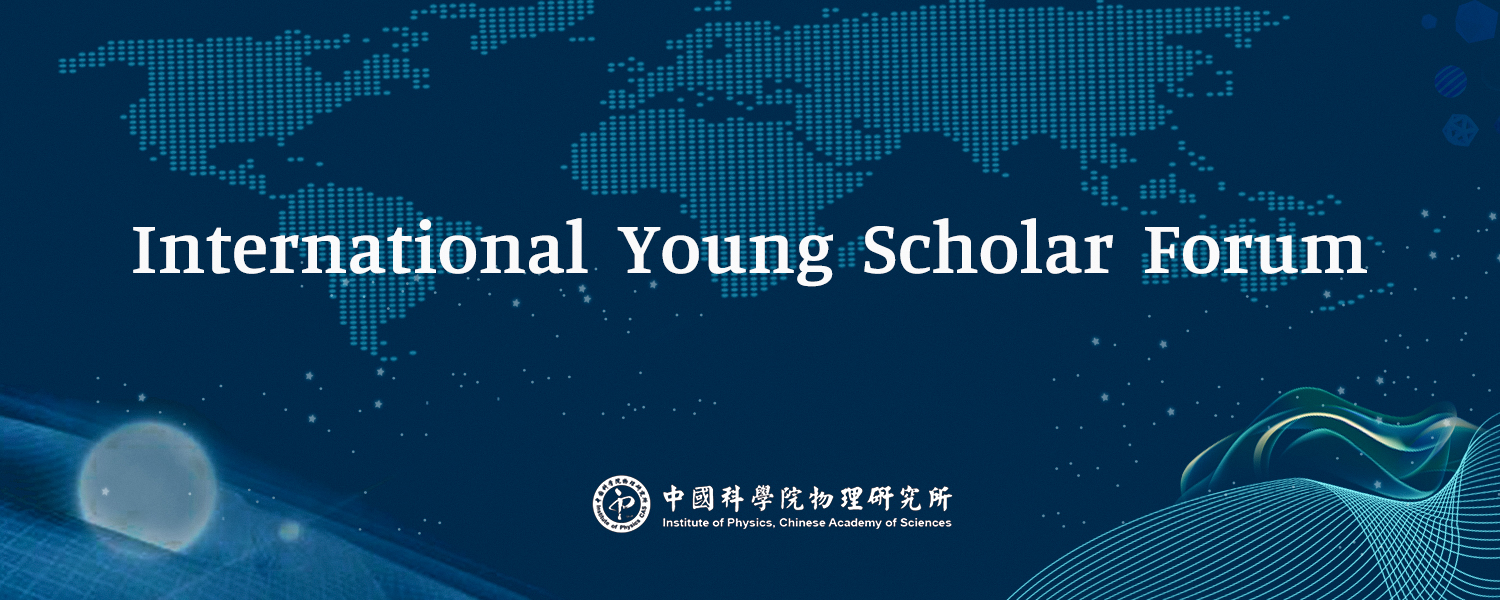
Time: 10:00 am, December 22nd, 2020
Speaker: Dr. Mianzhen Mo, SLAC National Accelerator Laboratory
Abstract:
Understanding the structural dynamics of ultrafast melting is important for a variety of applications ranging from the fundamental science of warm dense matter, the medical usage of femtosecond lasers for eye surgeries, and to the industrial application of laser micromachining. Because of the small time and length scales involved, direct experimental observations of solid-to-liquid phase transitions in ultrafast melting represent a long-standing challenge. However, recent advances in time-resolved diffraction techniques based on X-ray Free Electron Lasers and field-accelerated ultrafast electrons have allowed unprecedented explorations in this area of research, enabling femtosecond visualization of transient dynamics at atomic length scales. Especially for the electron-based technique, also known as ultrafast-electron diffraction (UED), the utilization of high-brightness MeV electron beams, emitted from radio-frequency acceleration-based photoemission guns, has significantly boosted the performance of this technique [1], opening an exciting opportunity for the study of ultrafast melting.
Here, I will report our recent studies on the melting dynamics in femtosecond-laser irradiated metals with UED at relativistic energies. In our experiments, we employed 400nm, 130fs (FWHM) laser pulses as the heater to melt the metals and 3.2MeV, 350fs (FWHM) electrons as the probe to study the ensuing solid-to-liquid phase transitions. Using this pump-probe technique, we have recently resolved for the first time the transition between heterogeneous and homogeneous melting regimes in warm dense gold [2]. These results provided a direct testing to predictions from molecular-dynamics (MD) simulations and revealed missing physical phenomena that will need to be included in simulations. We have also applied this technique to study the melting behavior of tungsten embedded with radiation-induced defects [3]. We found that radiation-damaged tungsten liquefied at a lower temperature than pristine tungsten. Combining the experimental data with MD simulations allowed us to quantify, for the first time, how the ultrafast melting process is affected by radiation-induced defects.
Reference:
[1] S. Weathersby, et al. RSI 86, 073702 (2015).
[2] M. Z. Mo, et al. Science 360, 1451 (2018).
[3] M. Z. Mo, et al. Science Adv. 5, eaaw0392 (2019).
Brief CV of Dr. Mianzhen Mo:
Mianzhen Mo is an associate staff scientist in the High Energy Density Science Division at SLAC National Accelerator Laboratory. His current research centres on time-resolved diffraction studies of matter under extreme conditions and radiation-damaged materials. Before moving to SLAC, he studied in the department of Electrical and Computer Engineering at the University of Alberta in Canada, where he obtained his PhD degree in 2015. His graduate studies focused on ultra-intense laser-plasma interaction relevant to Laser Wakefield Acceleration and Fast Ignition Laser fusion.
